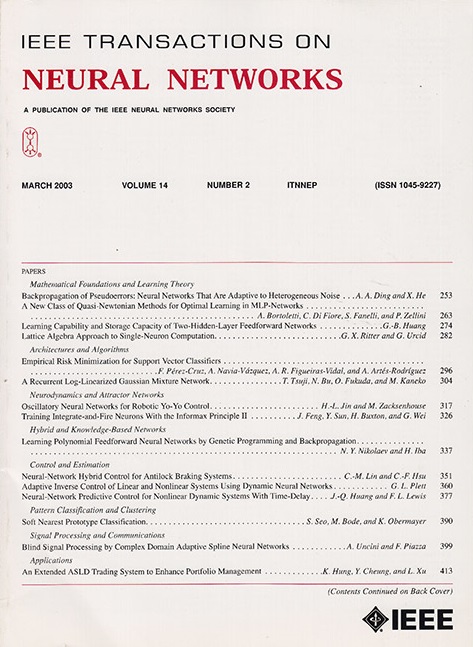基于尺度驱动张量表示的多视图聚类
IF 8.9
1区 计算机科学
Q1 COMPUTER SCIENCE, ARTIFICIAL INTELLIGENCE
IEEE transactions on neural networks and learning systems
Pub Date : 2025-04-24
DOI:10.1109/TNNLS.2025.3558613
引用次数: 0
摘要
现实世界的数据往往表现出固有的层次结构,提供自然的多视图视角,其中不同尺度的特征可以被视为不同的视图。然而,大多数现有的多视图聚类算法主要关注单个层次上的样本间关系。这些方法忽略了数据中存在的层次结构,并且是专门为本地多视图数据设计的。本文介绍了一个全面的多视图聚类框架,它将典型数据和图像转换为统一的多视图特征表示。该框架允许从原始数据中提取多尺度特征,并使用相同的算法对不同类型的数据进行聚类。一种新的尺度驱动的预处理方法统一了不同数据类型的特征结构,并在多尺度下探索样本之间的局部关系。较大尺度的特征描绘了全局集群轮廓,而较小尺度的特征揭示了细粒度的局部细节。随后,该方法从不同尺度的视图中学习特定于视图的分区,并通过张量低秩表示获得一致性特征。通过优化这些共识特征,该方法有效地捕获了从粗粒度到细粒度级别的精确聚类形状。最终的标签指标矩阵直接从这些共识特征中得到。为了证明所提出方法的有效性和通用性,我们在不同数据集的多视图聚类和图像分割方面与最先进的(SOTA)算法进行了实验比较。源代码和数据集发布在https://github.com/ChuanbinZhang/SDTR本文章由计算机程序翻译,如有差异,请以英文原文为准。
Scale-Driven Tensor Representation-Based Multiview Clustering
Real-world data tends to exhibit an inherent hierarchical structure, providing a natural multiview perspective where features at different scales can be treated as distinct views. However, most existing multiview clustering algorithms primarily focus on the inter-sample relationships at a single level. These methods overlook the hierarchical structures present in the data and are specifically designed for native multiview data. This article introduces a comprehensive multiview clustering framework that transforms both typical data and images into a unified multiview feature representation. The framework allows for extracting multiscale features from the raw data and clustering different types of data with the same algorithm. A novel scale-driven pre-processing approach unifies the feature structure across various data types and explores local relationships among samples at multiple scales. Features at larger scales delineate the global cluster contours, while features at smaller scales reveal fine-grained local details. Subsequently, the proposed method learns the view-specific partitions from different scales of views and derives consensus features through tensor low-rank representation. By optimizing these consensus features, the approach effectively captures the precise cluster shapes from coarse to fine-grained levels. The final label indicator matrix is directly obtained from these consensus features. To demonstrate the effectiveness and versatility of the proposed method, we conducted experimental comparisons with state-of-the-art (SOTA) algorithms in both multiview clustering and image segmentation across diverse datasets. The source code and datasets are released at https://github.com/ChuanbinZhang/SDTR
求助全文
通过发布文献求助,成功后即可免费获取论文全文。
去求助
来源期刊

IEEE transactions on neural networks and learning systems
COMPUTER SCIENCE, ARTIFICIAL INTELLIGENCE-COMPUTER SCIENCE, HARDWARE & ARCHITECTURE
CiteScore
23.80
自引率
9.60%
发文量
2102
审稿时长
3-8 weeks
期刊介绍:
The focus of IEEE Transactions on Neural Networks and Learning Systems is to present scholarly articles discussing the theory, design, and applications of neural networks as well as other learning systems. The journal primarily highlights technical and scientific research in this domain.
 求助内容:
求助内容: 应助结果提醒方式:
应助结果提醒方式:


